In last Wednesday’s article I presented a few tips on balancing horn practice with a full-time job. For myself, keeping my chops in good shape is tantamount to staying employed in the music field. My current positions demand professional playing standards.
One advantage however, of no longer having a full-time music position, is that some freedom is allowed to self-experiment. As long as I get my chops together for the gigs, the consequences for any new experiment gone awry are fairly low.
That being said, I have devised my own methods for getting enough practice time in every day. It has mostly been through trial-and-error and what follows is a rough overview of the outcome. The purpose here is not to propose a specific method so much as to demonstrate that it is possible to work a full-time job and still find the time to sound good and practice in the off-hours.
Anatomy of a secondary practice space
A permanent mainstay in my daily routine has been practicing in the car (outside of the home studio) while on break at work and while commuting. Necessity being the mother of invention, I have been doing this for many years.
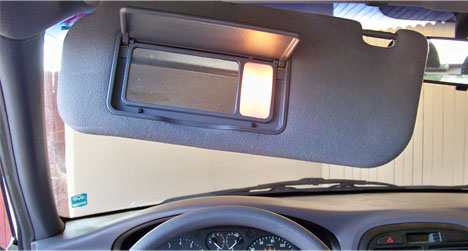
There is a lighted mirror on the underside of the sun visor. It gets a lot of use, as I watch for nothing in particular and everything under the sun.
The French horn stays at home (or in the trunk) in my mobile studio – the focus here is on breathing and buzzing only.

Most of the items pictured above (and their uses) have been described previously, but here they are once again for reference:
- mouthpiece
- B.E.R.P.
- P.E.T.E.
- iPhone
- embouchure visualizer
- stopping mute
- old electronic tuner
- PowerLung
Lemons from lemonade
My daily work schedule includes commuting by car, a lunch break and four 15-minute breaks. The total amount of time adds up to over two hours and at some point, I decided to exploit this time specifically for practicing horn-related techniques.
The exact format and content of each session is somewhat improvisational, kept within the general confines of simple tunes, long tones, scales and arpeggios.
- 30-minute commute to work
Lip buzzing, mostly long tones, slow scales and glissandi in limited ranges - 15-minute breaks (2)
Switch to the PowerLung, then slow scales and glissandi on the embouchure visualizer - 30 minute lunch break
More mouthpiece visualizer and PowerLung, eventually switching to the mouthpiece/B.E.R.P. combo - 15-minute breaks (2)
These are more intense sessions covering as much contrast as possible – high and low, soft and loud – while incorporating songs and tunes - 30-minute commute to home
This is an optional session as I generally like to have both hands on the steering wheel. If I use this time, the P.E.T.E. or mouthpiece/stopping mute combo is done.
So on a daily average I get about 90 minutes of time “away from the horn.” I think of this time as akin to an athlete working out at the gym, and coming home to play the horn as akin to an athlete running an event.
An argument could be made that this routine is a poor substitute for real time on the physical instrument, or that it might in fact be harmful in some way. I would have no real response to that sentiment other than “don’t knock it if you ain’t tried it.”
Given my own circumstances it has worked out very well, and if you are in a similar circumstance I would urge you to give this a try and play around with the concept.
These days I come home from work energized and motivated to play the horn in the off-hours and interestingly, feel as though I have never played better in my life.
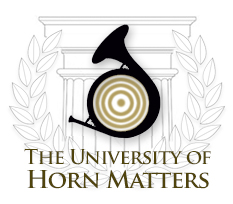 week, but several of them are short. First up is this series of articles from the Hornmasters series:
week, but several of them are short. First up is this series of articles from the Hornmasters series: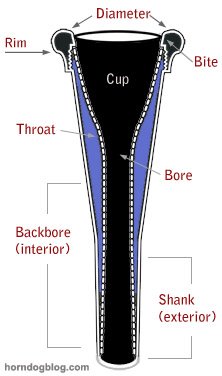 Also read from Horn Articles Online the following article to review several of the topics covered in the readings above,
Also read from Horn Articles Online the following article to review several of the topics covered in the readings above,

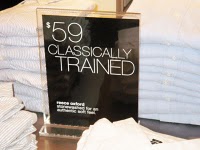




 8. Giardinelli Horn Mouthpieces Through the Ages (Ericson)
8. Giardinelli Horn Mouthpieces Through the Ages (Ericson)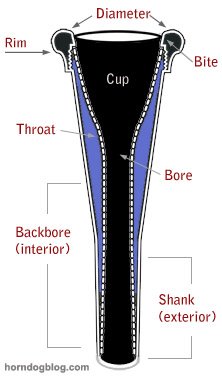









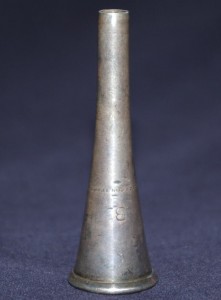

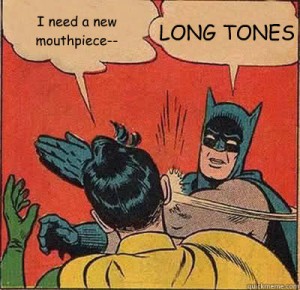 As a horn teacher I have to say this meme, while it sounds like good advice, is very wrong.
As a horn teacher I have to say this meme, while it sounds like good advice, is very wrong.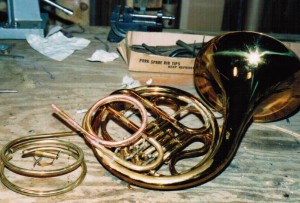
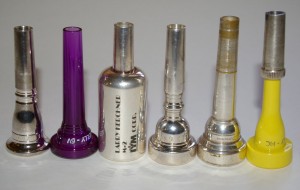
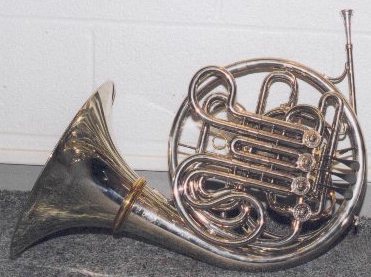 But backing up, I made my original two solo CDs (
But backing up, I made my original two solo CDs (